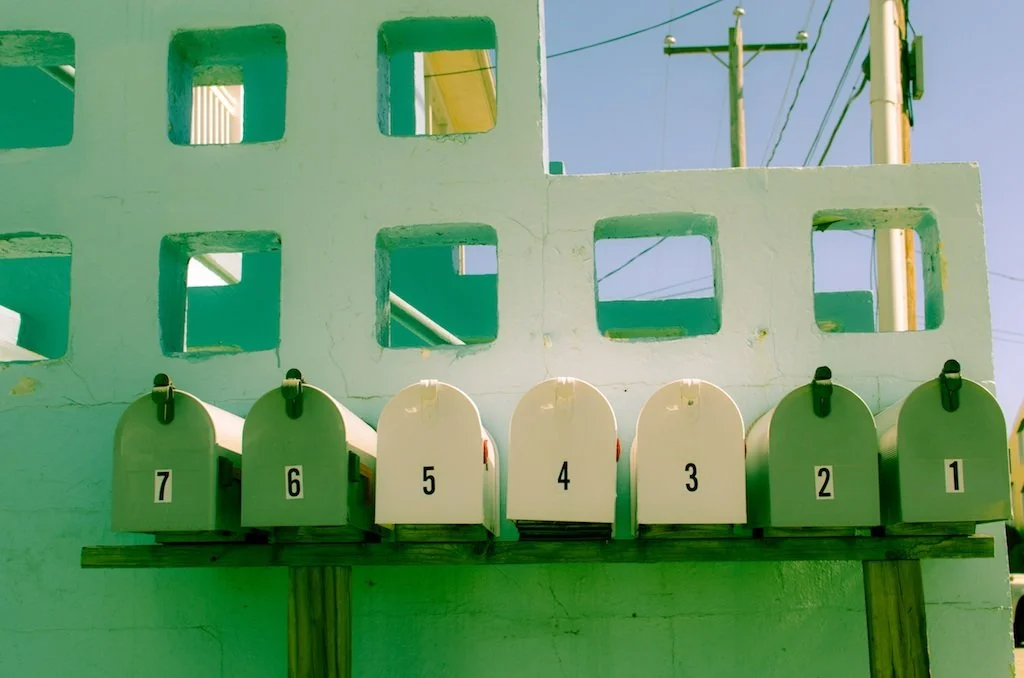Once your personal injury case is settled, it will usually take 3-4 weeks to get your settlement money. Many clients are not aware that it can take some time to get the settlement money after a case is settled. After a case is settled, and before a lawsuit is filed, the insurance company who insures the at-fault party or at-fault driver, will send me a “Release” for the client to sign, usually before a notary. A “Release” is a document prepared by the insurance company that states you will never sue this particular at-fault party and insurance company because your case has been completely “settled”. This insurance company wants proof of the settlement and wants evidence that your case is settled now and forever. Of course, it would not be reasonable to settle your case and then expect to get more money later so that is why the insurance companies require Releases to be signed. Once your case is settled, it is settled forever.

When the Release is signed and returned by the attorney to the insurance company, then the insurance company sends a check for the settlement. If your settlement was say $45,000, then this is called the “gross” settlement. Once the check arrives at your attorney’s office or at my office, I must deposit it into an Attorney Trust Account. Every state has rules concerning attorney trust accounts and what they must be used for. The check arrives made out to “client and his or her attorney”. This way, the attorney can deposit the settlement money into his trust account to pay any liens in the case and to protect his normal 1/3 attorney’s fee. For example, if the case settled for $45,000, then the attorney would take his 1/3 or $15,000, then use the $30,000 to pay any liens and then give the rest to the client. Many times there are medical bills that must be paid out of the settlement and these are the “liens” that attorneys are legally obligated to protect. If Medicare or Medicaid has paid out any of your medical bills, then they would have a “lien” on your case, a federal lien. It is important that these liens be paid out of the settlement or both the client and attorney can be sued in federal court. Liens must be protected out of your settlement or everyone will be in serious trouble!
The attorney also may incur “costs” in settling your case and these costs must be paid out of the gross recovery. So, in the $45,000 example, the attorney would write himself a check for $15,000 (the attorney’s fee of 1/3), write a check for any medical liens, write a check to reimburse the attorney for the costs (like any copy costs, postage, faxes, expert witness reports, impairment ratings, etc.). Let’s say the attorney had to pay a doctor $900 for an expert report or disability rating. Out of this $45,000, the attorney would be allowed to reimburse himself for this cost. This cost is not part of the fee as it is a cost that the attorney advances on the client’s behalf. The fee is what the attorney earns for settling your case and is almost always a percentage of the gross recovery. Most attorneys in most states charge the same contingency fee, 1/3 if a case is settled before a lawsuit is filed and 40% if a case settles after a lawsuit is filed. These are the standard attorney fees for personal injury cases, car accidents, slip and fall cases, dog bit cases, etc.
If the case is in litigation, or your attorney or myself has filed a lawsuit, then the attorneys fees are usually 40%. So, the settlement disbursement procedure is the same as above, except that the attorneys fees are higher and there may be more costs that your attorney has to pay out of the settlement or jury verdict. Costs after a lawsuit is filed are things such as the court filing fee, summons fee, subpoena fees, postage, costs of copying documents, court reporter costs, expert witness fees, etc. An attorney is obligated to pay these costs out of the “gross” recovery. So, if a jury returns a verdict of say $60,000, then the attorney would write himself a check for 40% of that $60,000 (the gross recovery), or $24,000, then pay any liens, all costs and the remainder is the client’s “net” recovery. The client does not get the $60,000 as the attorney is legally obligated to pay costs, liens and of course his fee prior to establishing the “net” recovery to the client. Thus, in this example of $60,000, the client may get anywhere from $30-$36,000 as their net recovery. The client’s net recovery always depends greatly on the amount of costs and liens in the case. Your attorney or myself will prepare a Closing or Settlement Statement which will calculate where the settlement money goes. So, you will see how much goes to the attorney, how much goes for costs and medical bills and/or liens and then how much goes to the client. This Settlement Statement will be typed up and one copy will be given to the client and one kept by the attorney.
A personal injury lawyer with over 10 years of experience, Ryan Malnar serves Colorado Springs with honesty & integrity.




